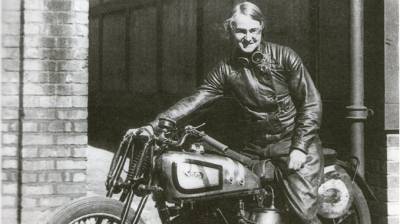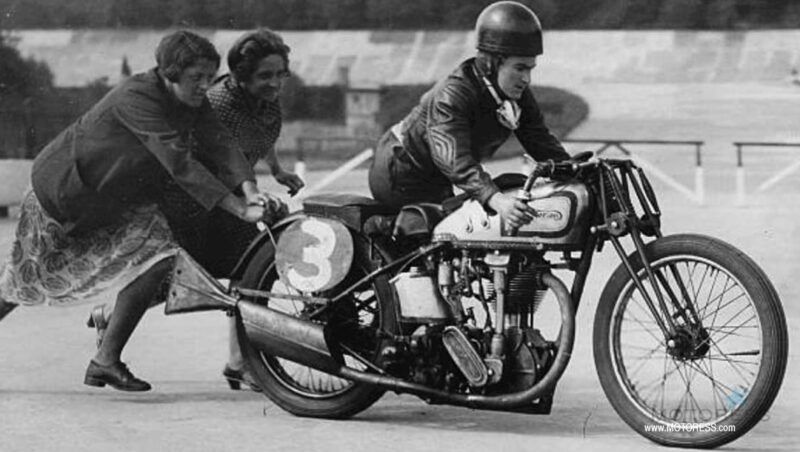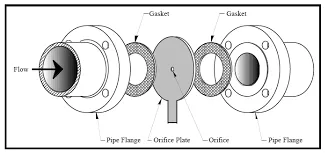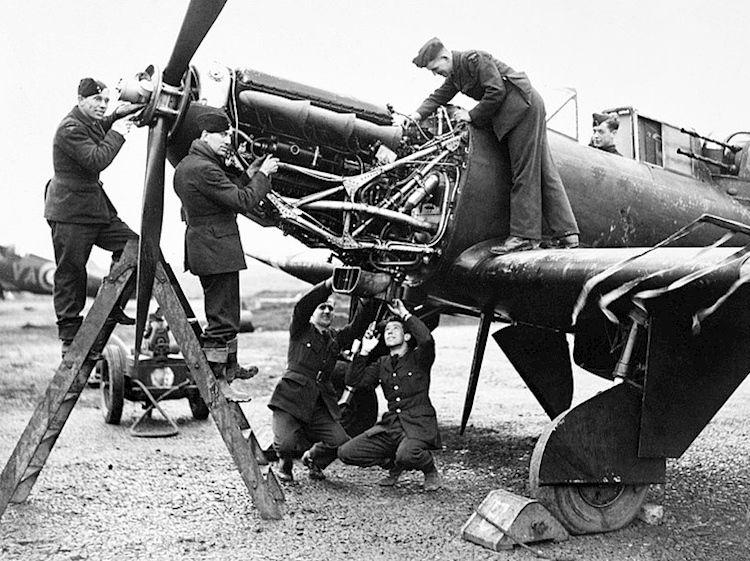Women's History Month: Beatrice "Tilly" Shilling
Today's feature for women's history month is Beatrice "Tilly" Shilling - a pioneer the field of engineering and advocate for women in science.

Beatrice "Tilly" Shilling was born on March 8, 1909, in Waterlooville, United Kingdom. Shilling was a curious child, always tinkering with machines, especially the family's motorcycle. Her family stated she always pulled it apart and put it back together. Shilling excelled in science and math in school, and her family encouraged her to remain in the field.
In 1927, Shilling enrolled at the University of Manchester, where she majored in engineering. She was among the only two women in her class and often faced discrimination and prejudice from her male classmates and professors. She was also involved in various extracurricular activities, like the motorcycle club. Here she would race motorcycles and work on engines. She was also involved in the university's engineering society, giving presentations on her work and advocating for women in engineering. Shilling graduated with honors in 1932 but stayed an extra year to complete her master's in mechanical engineering.

In 1934 while working as a research assistant, she could be found on her Norton 500cc motorcycle at Brooklands Motorcycle Racing Club. She competed in races and trials and won several awards.
In addition to her work on airplane engines, Shilling also designed and built a motorcycle engine that set a new speed record in 1934.
Afterward, Shilling accepted a job with Royal Aircraft Establishment in Farnborough as a technical assistant in the engine department in 1936. She developed engines for aircraft. Shortly after starting, she also met her husband, George Naylor, a mathematician at the mechanical test department. They were married on July 21, 1938.
While working at RAE, Shilling made one of her greatest accomplishments as an engineer, the creation of R.A.E. Resrictor or "Miss Shilling's orifice." The restrictor was a small device that regulated fuel flow to the Rolls-Royce Merlin engine in aircraft during negative-g force flights. During these flights, the negative G force would flood the engine's carburetor, causing the engines to stall.

Shilling created a plate, a brass thimble with a hole in the middle, which fit into the engine's carburetor without taking the aircraft out of service. The restrictor limited maximum fuel flow and prevented flooding. It was used in British Spitfire and Hurricane fighter planes. The device was also used in some American fighter planes.
This invention was instrumental to the success of the Royal Air Force during WWII. Afterward, she was awarded the Order of the British Empire for her contributions. After the war, she continued working in the aviation field and was eventually appointed the head of the Mechanical Engineering Department at the Royal Aircraft Establishment. During World War II, she also worked on other inventions, including the "Wabbly" bomb sight or the "Mark XIV bomb sight," which helped improve the accuracy of bombing raids.
In 1946, Shilling became the first woman to give a paper at the Institution of Mechanical Engineers. Her talk was titled "The Production of High-Intensity Illumination for Aerodromes."
In 1951, Shilling left the RAE and became a Technical specialist at the National Physical Laboratory (NPL) in Teddington, England. Here, she tested and evaluated various technical devices and instruments and provided technical advice and support to industry and government. She worked on many projects related to aeronautics, including the development of the "flying laboratory." The flying laboratory was a small plane equipped with sensors and instruments flown in a wind tunnel to collect data on airflow and turbulence. Shilling played a key role in designing and testing the flying laboratory, which became a valuable tool for aeronautical research.

Shilling's work at the NPL also involved testing and evaluating many technical devices and instruments, like testing an early version of the electric toothbrush and a new type of thermometer. She also provided technical advice and support to industry and government. She was involved in several high-profile projects, like the development of the Concorde supersonic airliner and aided in technical advice on developing the hovercraft.
Shilling retired in 1969 but continued to be involved in the field. She returned to RAE for a short period, helping develop a new type of aircraft engine. In 1970, she became a research fellow at Brunel University in Uxbridge, England, where she worked on several research projects related to engineering and aeronautics. In 1986, Shilling was awarded the Silver Medal of the Royal Aeronautical Society in recognition of her contributions to the field of aeronautical engineering. She was here until she died in 1990.
Tilly Shilling died on November 18, 1990, at 81. Shilling was a member of the Women's Engineering Society and the Institution of Mechanical Engineers throughout her life, . She was also elected a Fellow of the Royal Aeronautical Society. Shilling was awarded numerous honors during her lifetime, including the Institution of Mechanical Engineers' James Clayton Prize in 1936 and the Royal Aeronautical Society's Gold Medal in 1972. In 2014, Shilling was inducted into the British Engineering Hall of Fame to recognize her contributions to the engineering field. In 2019, she was inducted into the Air and Space Hall of Fame at the Museum of Science and Industry in Manchester, England, in recognition of her contributions to aviation. She was known for her practical and hands-on approach to engineering. She once famously said, "I have never met an engineer who doesn't like to take things apart and put them back together again." She is remembered as a trailblazer for women in engineering and a pioneer in aeronautics.